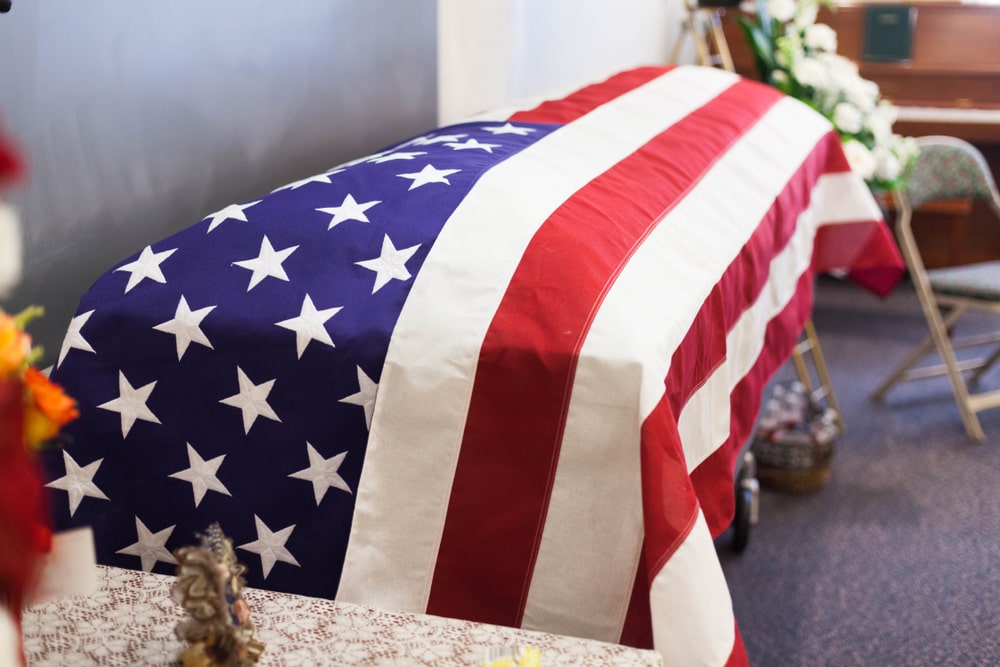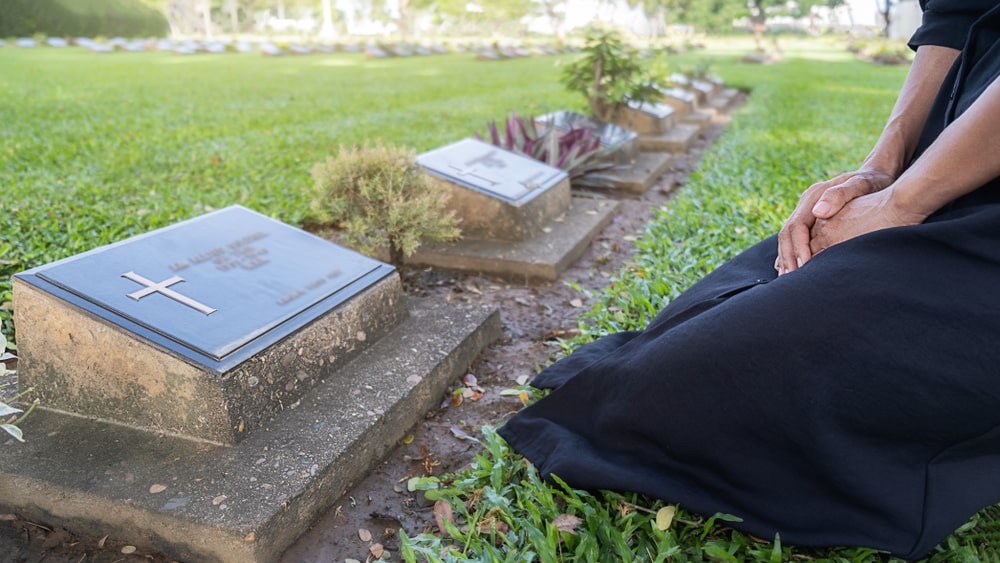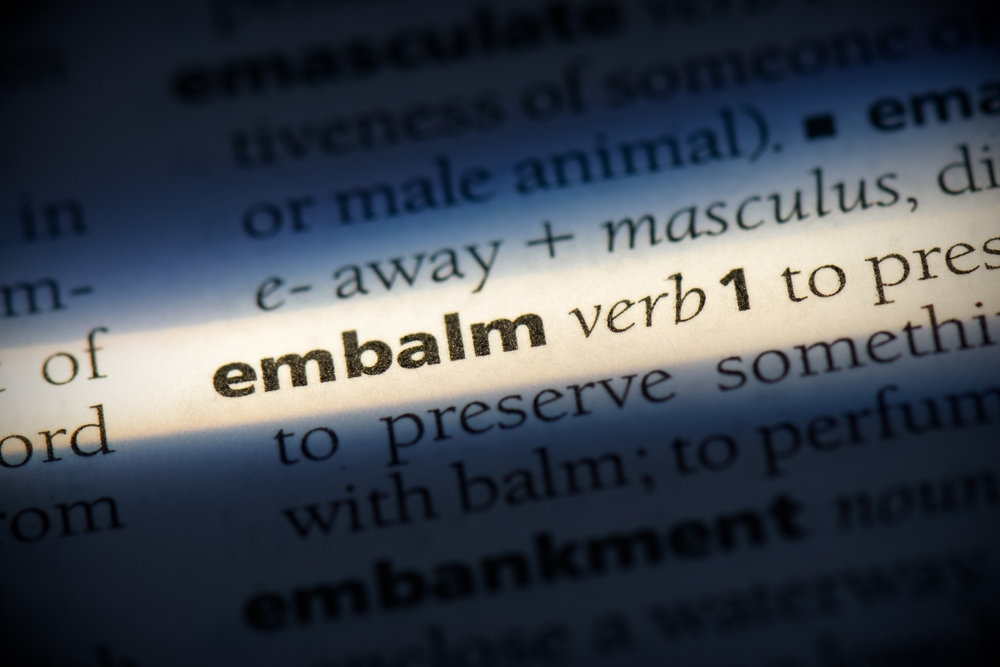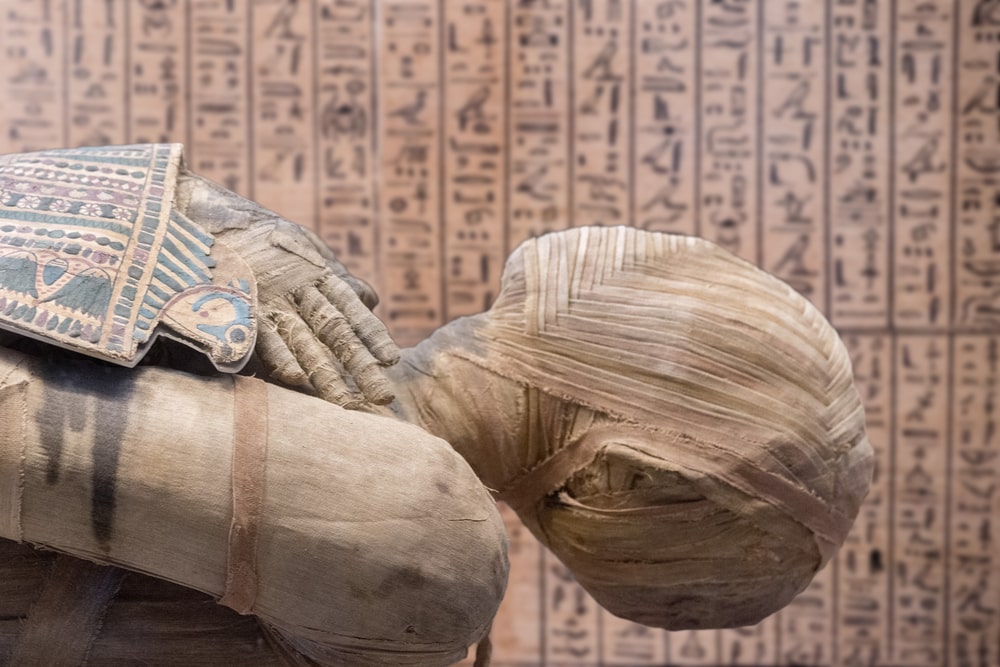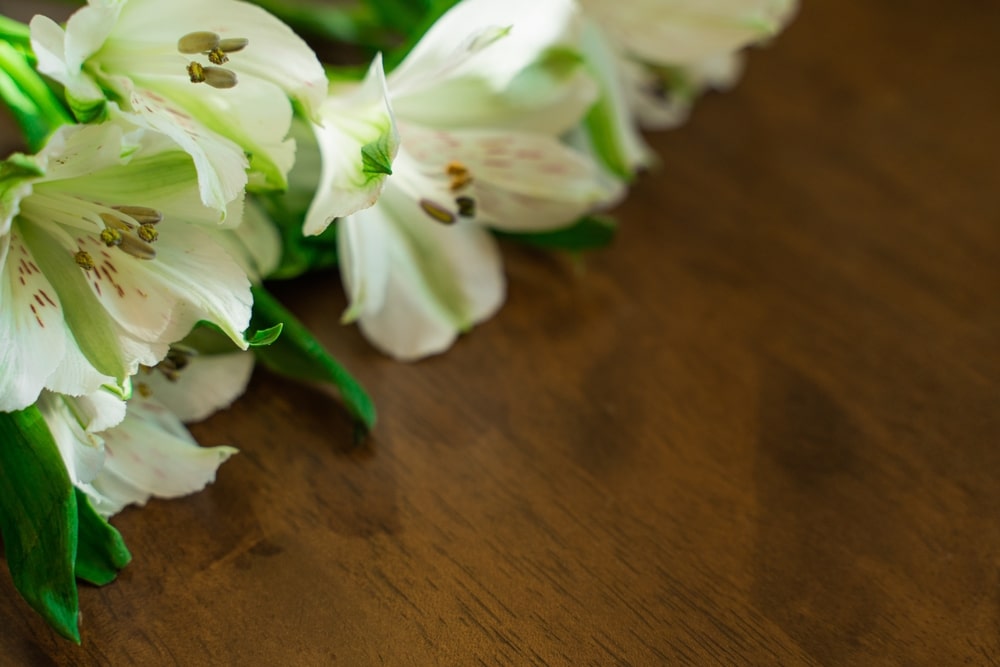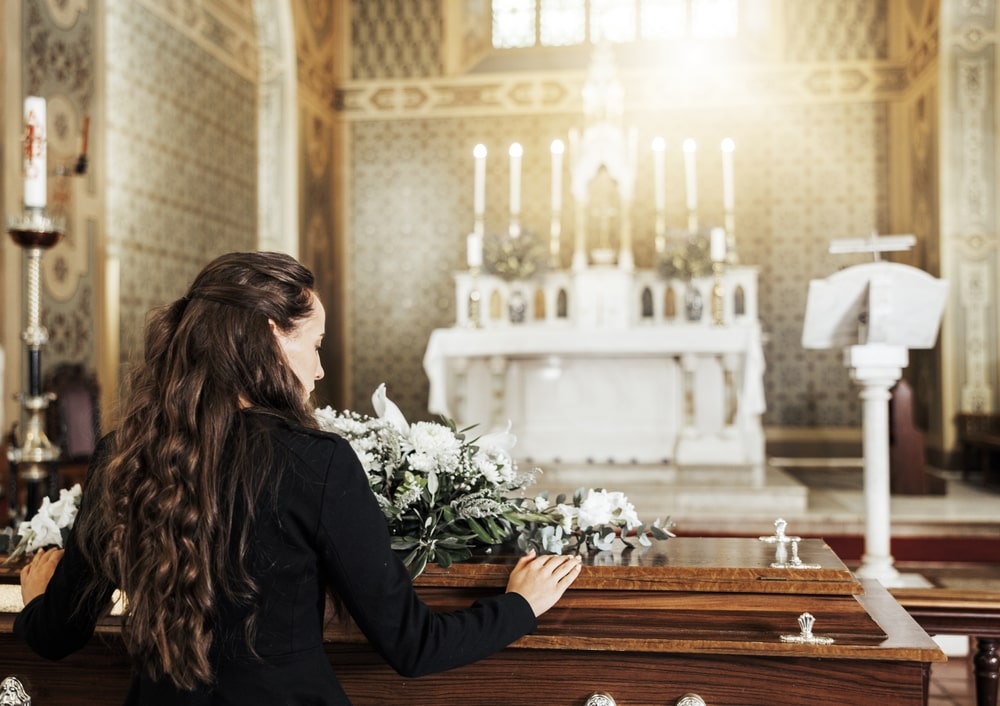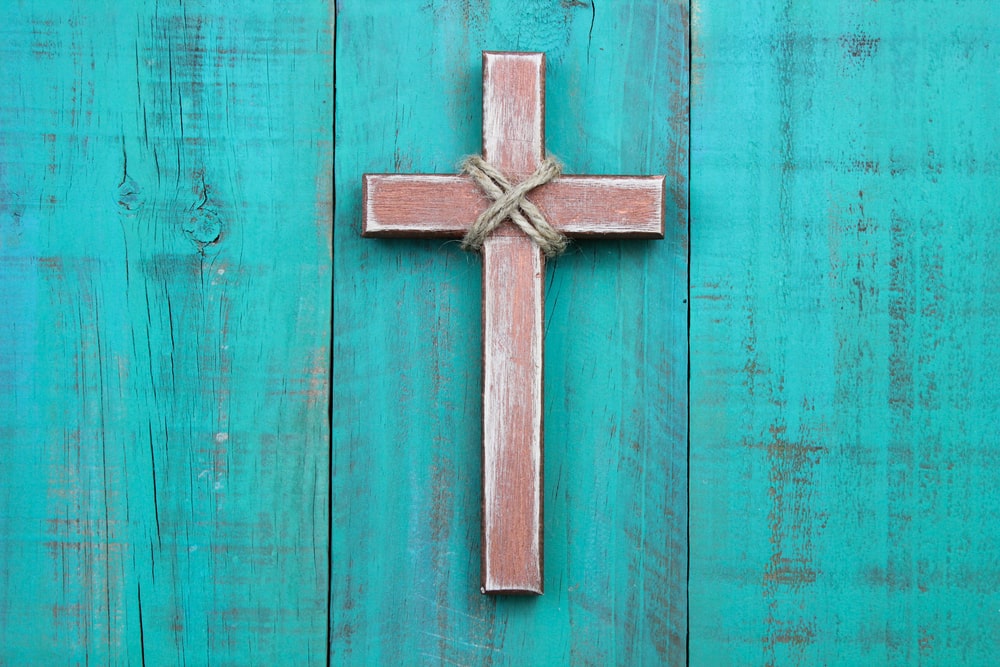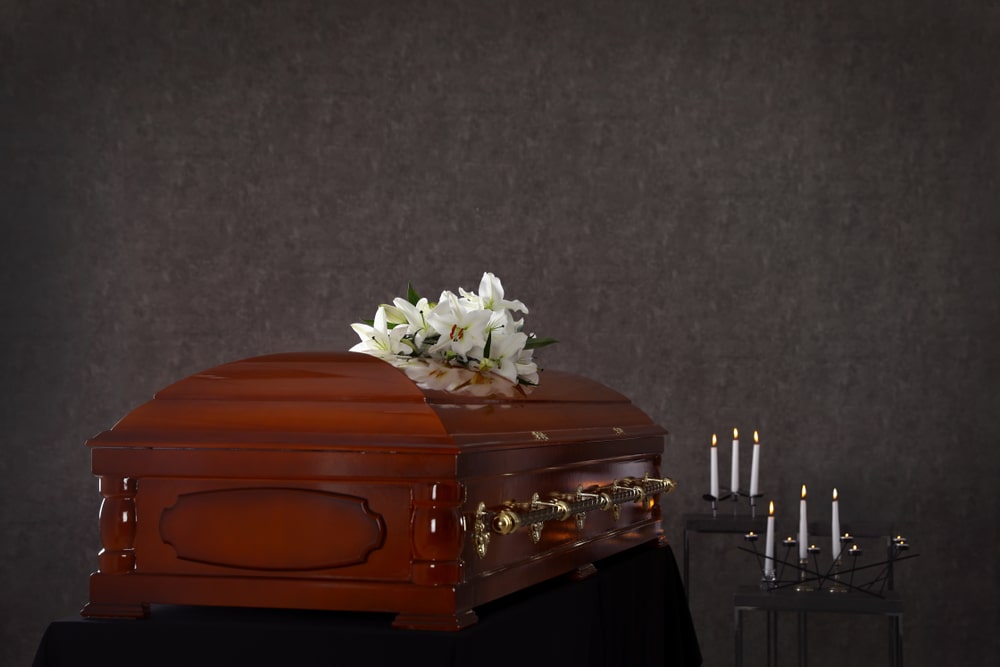
As you plan a funeral for a loved one or preplan for yourself, there are a lot of decisions you’ll need to make. If you choose burial, one question you’ll need to ask is what type of casket you should pick.
Caskets are one of the more expensive elements of the funeral and burial process, so it’s important to know what you want. Before purchasing, research various types of caskets and their associated costs.
To get you started, here are five questions to help you decide what you’re looking for in a casket.
1. Do You Want a Casket or a Coffin?
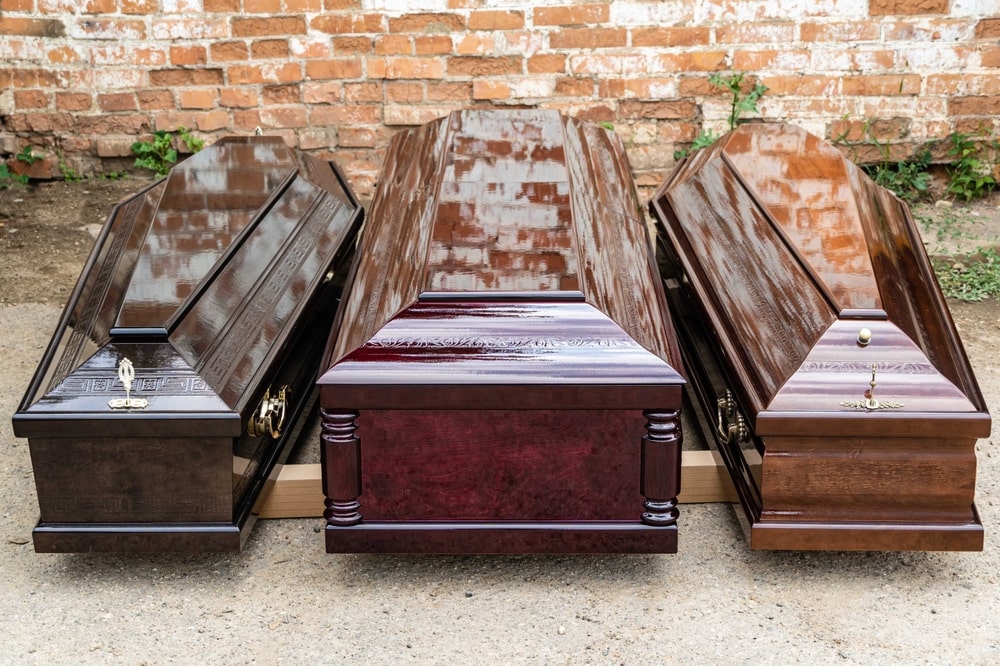
Before examining the different caskets available, we need to make sure that we know exactly what we are referring to when we use the term. While the word casket is often used interchangeably with coffin, there is an important difference between the two: a coffin is hexagonal or octagonal, while the casket is rectangular. Also, a casket often contains a split lid to view the body, while a coffin does not.
In the photo above, the two containers on the ends are coffins, while the one in the middle is a casket. Caskets are more prevalent in the U.S., while coffins have a long tradition of popularity in the U.K.
2. What Material Do You Want?

Most caskets are made of wood or metal, but there are many other options, too! Here are a few of the most common materials for caskets:
Wood
- High-cost materials: Mahogany, Walnut, and Cherry
- Medium-cost materials: Oak, Birch, and Maple
- Low-cost materials: Pine, Poplar, and Willow
Metal
- Standard Steel: The least expensive type of metal casket available. Available in 20-gauge, 18-gauge, and 16-gauge. The term “gauge” refers to the thickness of the metal. The lower the gauge, the thicker the material.
- Stainless Steel: More durable than standard steel and a little more expensive. Available in the same gauges as standard steel.
- Copper and Bronze: Durable, high-quality metals, but far more expensive than steel. These metals have rust-resistant properties that steel lacks, but they will eventually oxidize and break down in a manner similar to rusting. Unlike steel caskets, they are measured by weight instead of gauge.
Eco-Friendly

Want to go green? You also have environmentally friendly options! Wicker caskets made from bamboo, willow, or seagrass are popular choices. Cardboard caskets are another option, and some can be decorated with a digitally printed design. You can also look into burial shrouds made of wool, cotton, linen, and silk. If you want to be environmentally conscious but desire a traditional wooden coffin, consider a coffin made from sustainably sourced wood.
However, if you want the burial to take place in a natural or green cemetery, ask them about their guidelines for green burial first. Some cemeteries have regulations about what burial containers are allowed.
Alternative Containers, Cremation Caskets, and Rental Caskets
If you opt for cremation, you may still want to decide on a casket or container to use. A cremation casket is a wooden casket that can be cremated with the body after the service. An alternative container, generally made of wood, cardboard, or fiberboard, is a cheaper option. If you want a ceremonial casket at the funeral, most funeral homes offer a rental casket for the service, which isn’t as weird as it sounds. Rental caskets include a place to insert the cremation container to be placed inside for the service. After the service, the cremation container is removed for cremation, offering the best of both worlds.
3. Should Your Casket Be Gasketed or Non-Gasketed?
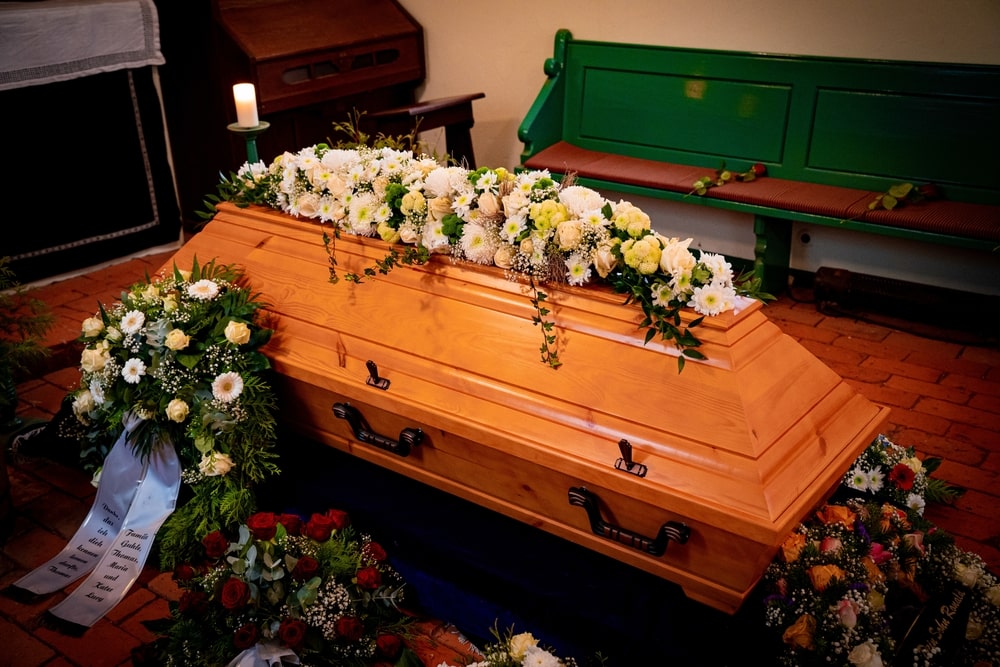
You may have heard people refer to certain metal caskets as “gasketed.” A gasketed casket, also known as a protective or sealer casket, is sealed with a rubber gasket to keep the elements from entering the casket. A non-gasketed or non-sealer casket doesn’t have a sealing system, but it still closes securely.
While a seal will protect the casket for a long time, it will not preserve it indefinitely. It simply keeps outside elements from entering the casket. Sometimes, a gasketed casket may be required, but talk to your funeral director or cemetery to learn about their guidelines.
4. Who Should You Talk to About Purchasing a Casket?
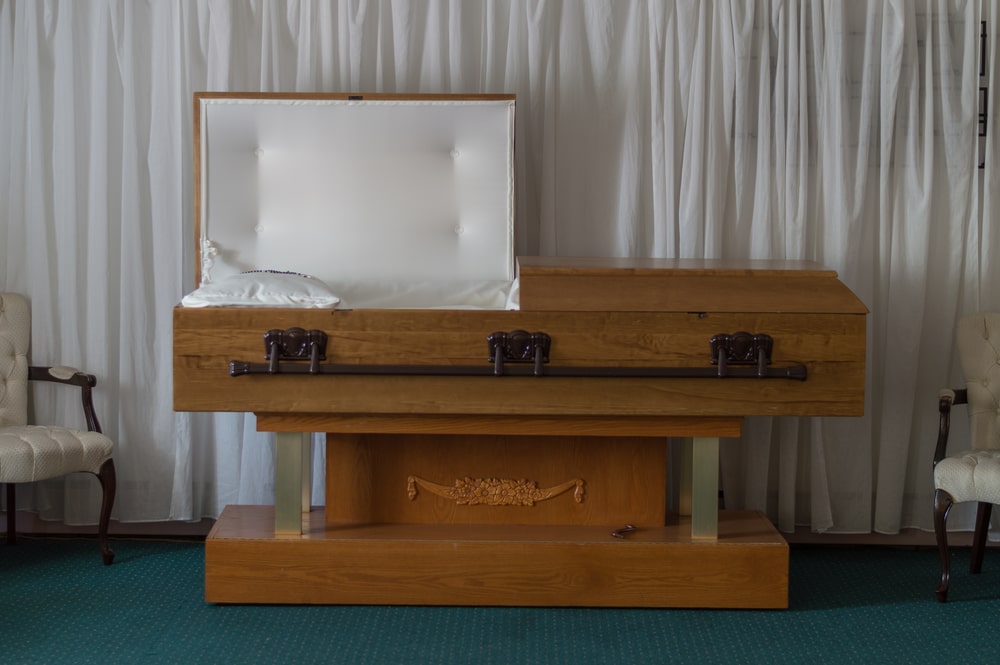
Visiting your local funeral home to browse their casket selection in person is a good idea. If you do, ask your funeral director to show you a list of available caskets before showing you the caskets they have in their showroom, so you can get a better idea of what options they have.
Make sure to ask to see a variety of caskets in different price ranges. Some customers buy the first casket they see and don’t review all the options. Don’t rush through the process of purchasing the casket. Get the full picture, explore all available options, and talk to your funeral director if you have any questions. Remember that the funeral director is there to help, and their experience can be beneficial.
5. Do You Need a Burial Vault or Grave Liner?

Grave liners and burial vaults are outer burial containers that play an important structural role in maintaining level ground in a cemetery. Over time, caskets deteriorate, weighed down by six feet of earth and the heavy machinery used to maintain the cemetery grounds. When this happens, the ground sinks, leaving an uneven landscape in the cemetery.
To avoid this, caskets are usually placed in solid structures that can bear the weight of the earth, helping to maintain the integrity of the cemetery grounds. The grave liner or burial vault holds the casket solely for this purpose.
Though not required by law, most cemeteries require a burial vault or grave liner. However, green cemeteries and nature preserves generally do not. Talk to the cemetery you are considering to find out if you need an outer burial container.
As you select a casket, take time to learn about all the different options. Your funeral director can help you understand what choices are available to you. No matter what you choose, remember that there are plenty of ways to personalize the casket of your choice and make it unique to you or your loved one.











